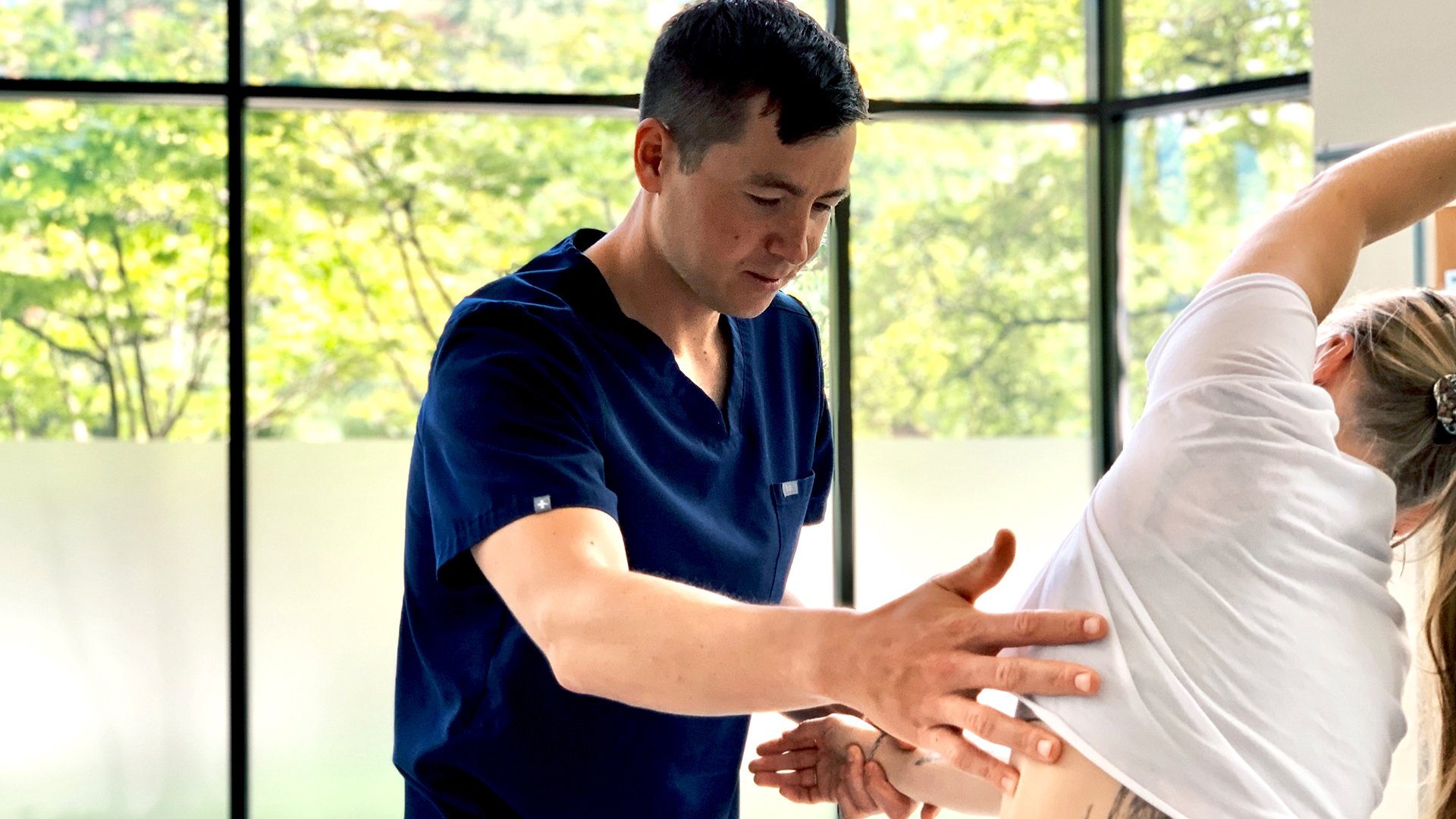Reclaim Your Health and Relieve Pain with Osteopathy in Vancouver
Our skilled practitioners focus on the root cause of discomfort to provide lasting relief. Whether you're seeking help for chronic pain, tension headaches, or postural issues, our personalized, patient-centered approach ensures you feel supported every step of the way.
New Offering - Unlock Your Golf Potential
This personalized 6-month program is designed by Colin Trigellis-Smith, an experienced Osteopathic Practitioner working with LPGA professionals, and aims to improve mobility, optimize your swing, and support long-term performance so you can move better, feel better, and play better!
What is Osteopathy?
Osteopathy is a holistic, hands-on therapy that improves function by treating the body as an interconnected system. It focuses on how the musculoskeletal framework—including the skeleton, joints, muscles, nerves, circulation, and internal organs—works together as a unified whole. Guided by principles rather than specific techniques, osteopathy allows practitioners to adapt treatments to each individual’s unique needs.
At Qi Integrated Health, our approach blends elements of chiropractic, physiotherapy, and massage therapy to create comprehensive care tailored to you.
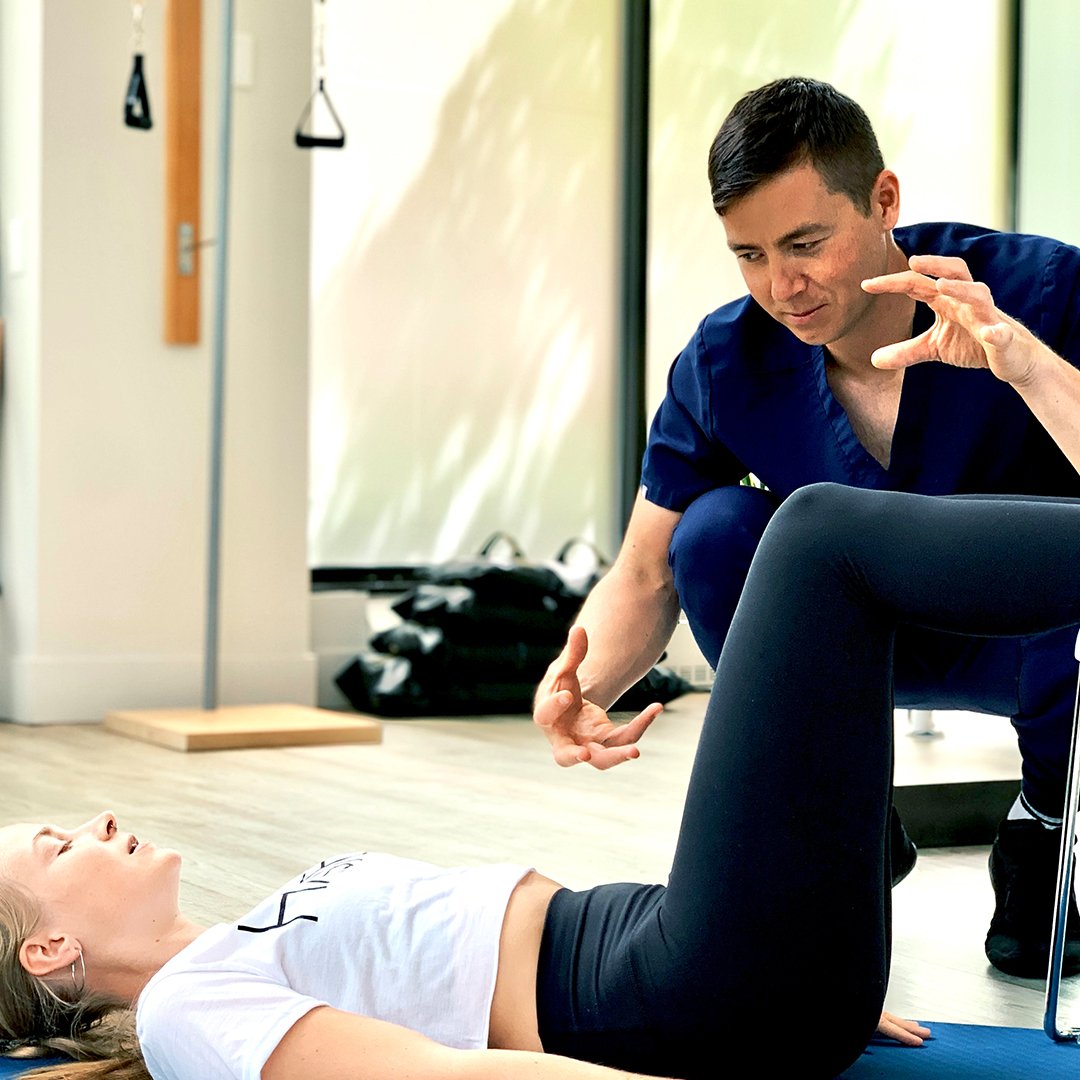
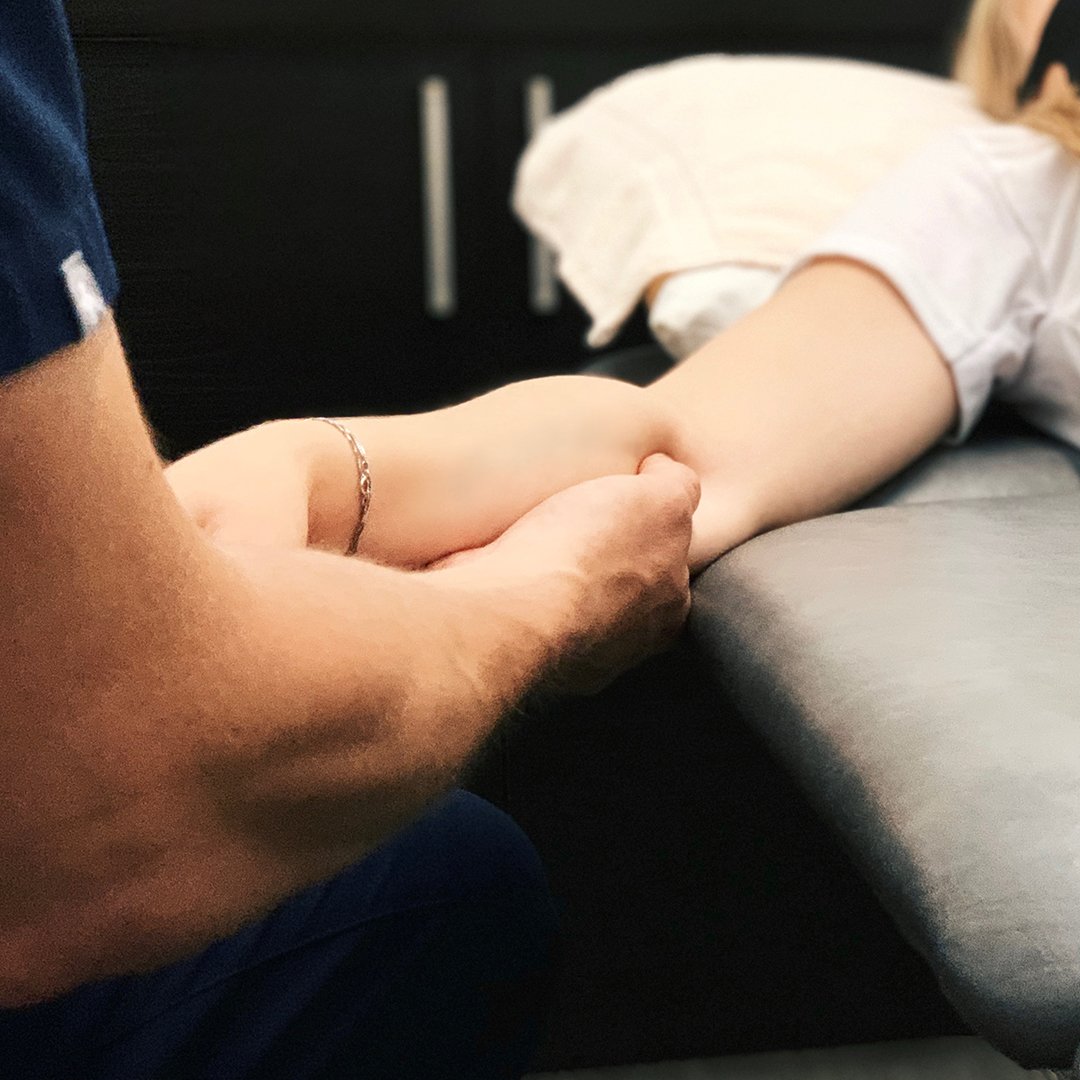
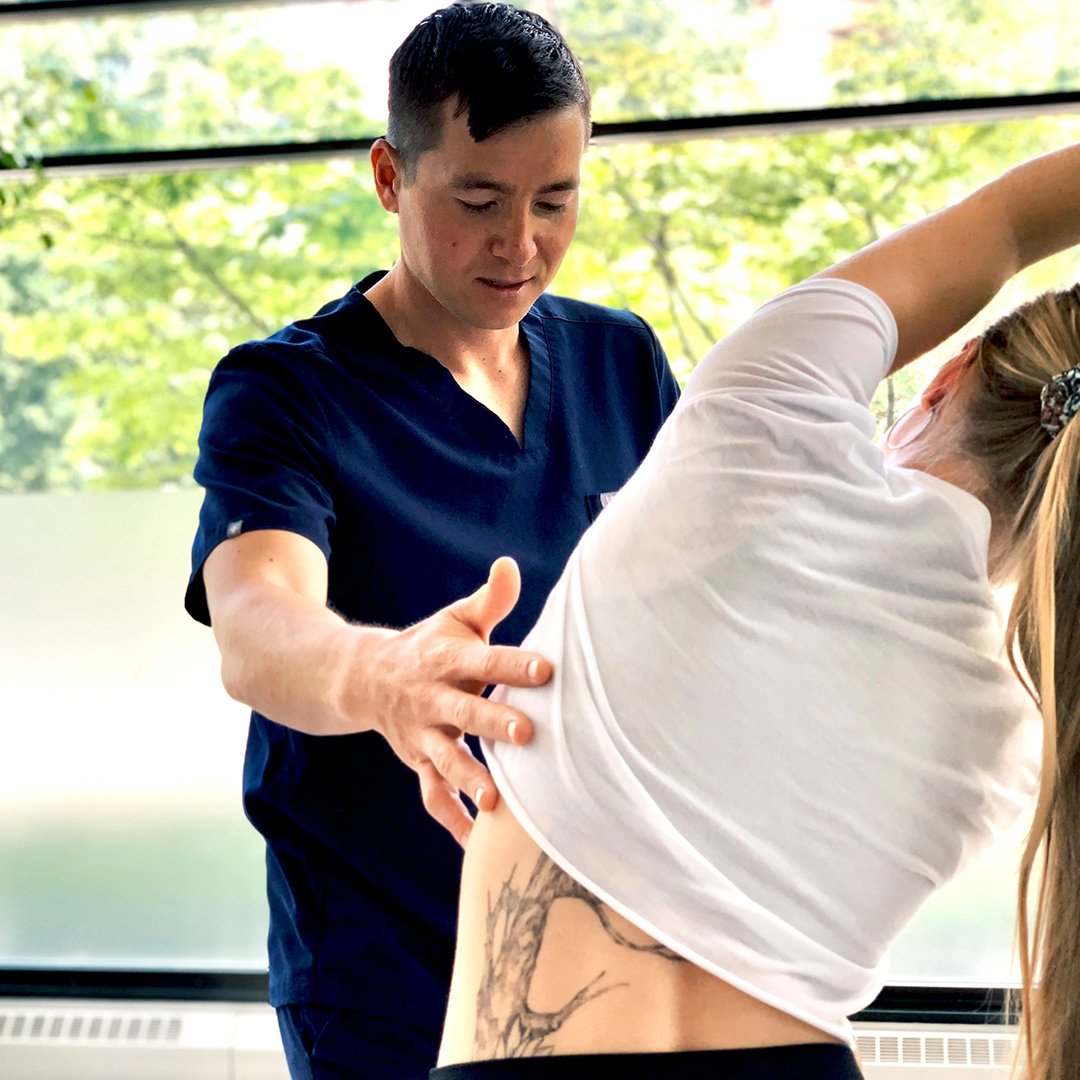
What to Expect with Osteopathic Treatment
Your journey starts with a consultation to review your medical history and assess your health. A physical exam follows, with tests as needed. Based on the findings, a personalized treatment plan is created.
Treatment may involve massage, stretching, mobilization, and other hands-on techniques, along with exercises and lifestyle tips to support recovery. Wear loose clothing for hands-on therapy and movement-based sessions.
Osteopathy is effective for issues like:
Back pain
Practitioners
-
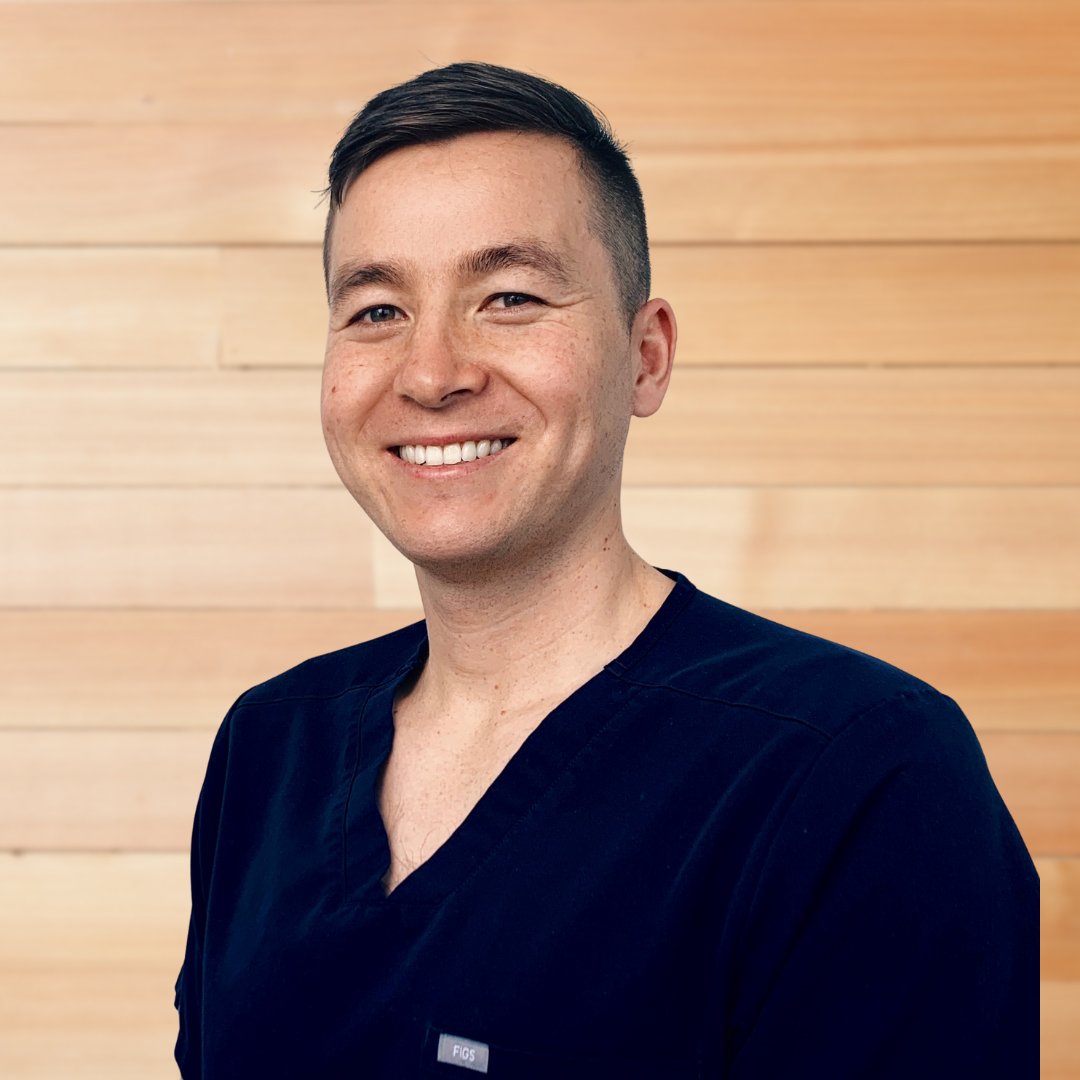
Colin Trigellis-Smith, M(Osteo)
Latest Osteopathic Blogs
Explore osteopathy and how it can support your healing journey in these expert-led blogs.
Schedule Your Consultation
Discover how osteopathy can help relieve pain, restore mobility, and improve your overall well-being. Contact Qi Integrated Health in Vancouver, BC, today to book a consultation. Our practitioners blend evidence-based medicine with holistic care to support you on your healing journey.
Osteopathy FAQ’s
-
There are a lot of similarities, although, as the name suggests, massage therapy is the core treatment modality used in RMT. Not all osteopathic practitioners use massage, and if they do, it is usually a smaller part of their treatment. Another significant difference is that the duration of a standard osteopathic visit is usually shorter than its massage equivalent. Also, see ‘What do your treatments involve?’
-
In British Columbia, the term ‘osteopath’ is reserved for osteopathic physicians (DOs), who are medical doctors with manual therapy training. Since I am a manual therapist and not a physician, I’m required to use the term ‘osteopathic practitioner.’ That said, in other parts of the world (Australia, NZ, England, and Europe), I’d be referred to as an ‘osteopath.’
-
Unlike in Australia (where I previously practiced), osteopathy is not a registered health profession in Canada. Unfortunately, this means that anyone can say that they practice osteopathy (even without credible training). Therefore, it’s a good idea to check that your osteopathic practitioner has suitable qualifications. One way you can do this is by making sure they’re a member of Osteopathy BC.
-
Yes, we are members of Osteopathy BC.
-
Osteopathy BC is the professional body for osteopathic practitioners in British Columbia. Besides promoting osteopathy, they ensure best osteopathic practice standards by requiring members to have at least 4 years of full-time study (or equivalent), maintain continuing professional development (CPD), and abide by a code of ethics.
-
In British Columbia, the term ‘osteopath’ is reserved for osteopathic physicians (DOs), who are medical doctors with manual therapy training. Since I am a manual therapist and not an osteopathic physician, I’m required to use the term ‘osteopathic practitioner’. That said, in other parts of the world (Australia, NZ, England and Europe) I’d be referred to as an ‘osteopath’.
-
This depends on which country they trained in. Since osteopathy is a government-registered health profession in Australia, all of their osteopathic programs are taught at university. I studied at RMIT University in Melbourne, where I completed a bachelor of applied science (3 years) and a master of osteopathy (2 years). This consisted chiefly of biomedical subjects (e.g., anatomy, physiology, pathology, pharmacology, etc.), general healthcare diagnosis, and osteopathic techniques.
-
There are four major elements of my treatments: education, exercise prescription, management advice, and hands-on treatment (manual therapy). Each treatment varies according to a person’s individual needs. For example, in some cases, you may benefit more from education and management advice rather than manual therapy (and vice versa). During the initial consultation we will spend a good deal of time talking about you and your situation, trying to paint as holistic a picture as possible (this also includes your case and medical histories). Next, a physical examination is performed covering different areas of the body (not just the symptomatic area), which may include orthopedic or neurological tests, functional movement screens, and biomechanical, postural, and movement assessments (e.g., range of motion of passive and active movements). The hands-on treatment consists of a range of techniques, including massage, stretching, repetitive movements, mobilisation, myofascial release, and other osteopathic techniques like counterstrain, muscle energy technique, or gentle techniques designed to relax the nervous system. Finally, I will provide education and advice to help you manage your condition and prescribe one or more movements/exercises to perform at home/work.
-
This depends on your condition. The more chronic it is, the more clinical management it usually requires. There are other important factors that can also influence your response to treatment, which I will discuss with you during your initial consultation. Even with stubborn conditions, though, you will likely feel a difference within 2-3 treatments.
-
The short answer is ‘yes’. The fast pace of most modern lifestyles means we are often subjected to a constant barrage of physical and psychological stressors. Osteopathic treatment is a great way to buffer yourself against these effects, helping to keep you at your best. As a result, some people choose to book in for regular osteopathic treatments to give themselves extra support. Depending on your individual needs, this could be anywhere from once a month to every 3 months.
-
I don’t treat infants, although I do treat pregnant women and children of school age and above. If you’re looking for someone who specializes in these fields, please let me know and I can provide references.





